You'll be collecting your patient samples into the specialized QBC Star Tube. This tube can be used for venous or capillary samples.
The Star Tube is internally coated with all the necessary reagents to perform a CBC. At the end of the tube you will notice a white powder this is an anticoagulant mix of EDTA and heparin.
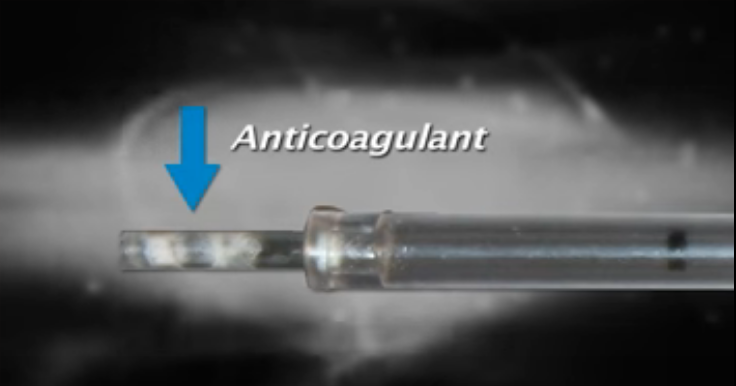
The two black lines are fill lines, collect your sample until it fills between these two lines which is approximately 65 to 75 microliters of blood.

Beyond the fill lines is an area of acridine orange dye, acridine orange stains of white cells and platelets for recognition by the star unit.
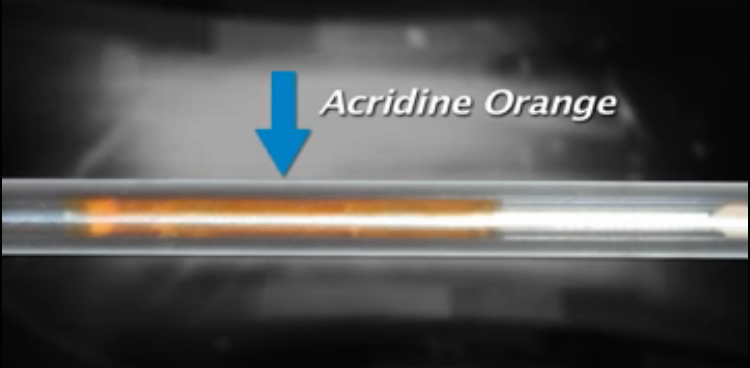
The white stopper located at the end of the tube is partially seated to allow for collection but will become fully seated once the tube cap seen here is applied to the front end of the tube.


Inside the cap is a plastic float which descends into the tube during centrifugation. This float expands the buffy coat layers and is instrumental in calculating the hemoglobin level.
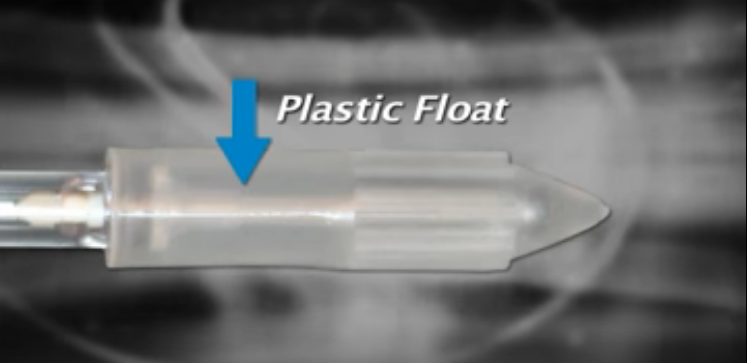
It's important to carefully open the Star Tube. Peel back from the red arrow to the end of the package and drop the package contents into your hand. Inside the package you will find a Star Tube as well as a desiccant packet which may be disposed of.
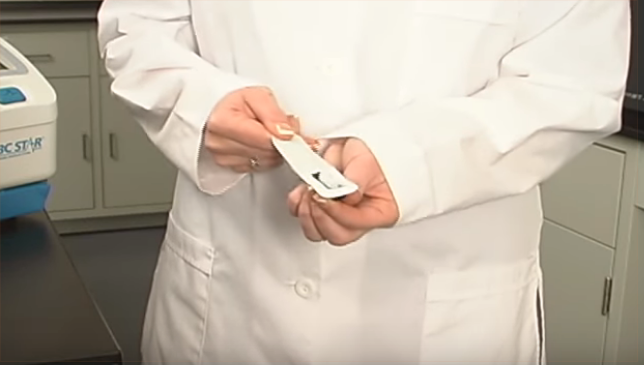
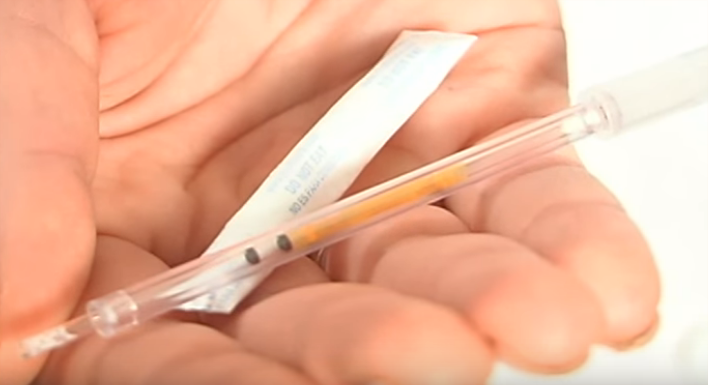
If you open the tube by punching the tube through the white backing or pushing down and pulling the tube out of the package this will inadvertently seat the white stopper ultimately preventing sample collection.



This concludes the QBC Star Tube overview. Now let's move on to collecting a capillary sample.
Watch the full video version below:
Check out these links below to shop for the Drucker Diagnostics QBC Start Tubes and other products on Block Scientific Store: